It is no secret that oil spills can be devastating when it comes to marine life. Saving the environment from the effects of an oil spill involves plenty of labor and equipment. For years, the oil containment industry has used a variety of equipment that includes conventional, fast deployment as well as inflatable oil containment booms, and other tools for proper containing and cleaning up, in order to minimize environmental damage. These tools are designed to meet and comply with environmental and other standards, such as OPA 90, US Coast Guard – OSRO and ASTM F1523 guidelines.
Breakdown by natural means
Oil spills differ in oil types, locations, and weather conditions, which are why cleaning up operations are never the same. However, there are a few common methods of response. If the oil spill is small and is not likely to pollute marine life and the coastal regions, most experts recommend leaving the oil to break down naturally. Most oils evaporate when exposed to a combination of wind, sun, water and air currents, and wave action. In such situations, light oils tend to disperse faster than heavy oils.
Booms and skimmers
Spilt oil forms a slick of a few millimeters thick that floats on water and can be contained with booms and absorbent pads. There is a variety of booms used in the cleaning process to either surround and isolate a slick completely or block its passage to sensitive locations such as fish farm pens or desalination plants. Booms are made from buoyant material with either tube or solid designs that rise up a meter above the water. Some booms are designed with skirts that hang a meter below the waterline, which is ideal for oil slicks in deeper water while some are built to sit flush on tidal flats. Standard booms are available in a range of fabrics and sizes and are designed for different types of environments such as calm water, rough rivers, deep sea, and more. Both booms and skimmers are ideal for moderate winds and shallow waters. Skimmers float across the top of the oil slick and suck the oil into storage tanks.
Dispersants and biological agents
Dispersants can also do a great job of breaking up an oil slick by reducing the surface tension that prevents the oil and water from mixing. It speeds up the process of natural biodegradation, forming small droplets of oil which dilute faster by water movements. The smaller droplets increase the surface area of the oil, allowing it to evaporate rapidly. Dispersants are most effective when used within a couple of hours of the initial spill but are not suited for every type of oil and location. Every case needs to be evaluated carefully prior to using dispersants since it could affect marine organisms such as sea grass and deep-water corals or accumulate in sub-tidal seafood. Biological agents are also used extensively to induce biodegradation where the oil washed ashore is broken down into harmless substances and fatty acids by bacteria and other microorganisms. Adding nutrients such as nitrogen and phosphorus can speed up biodegradation.


